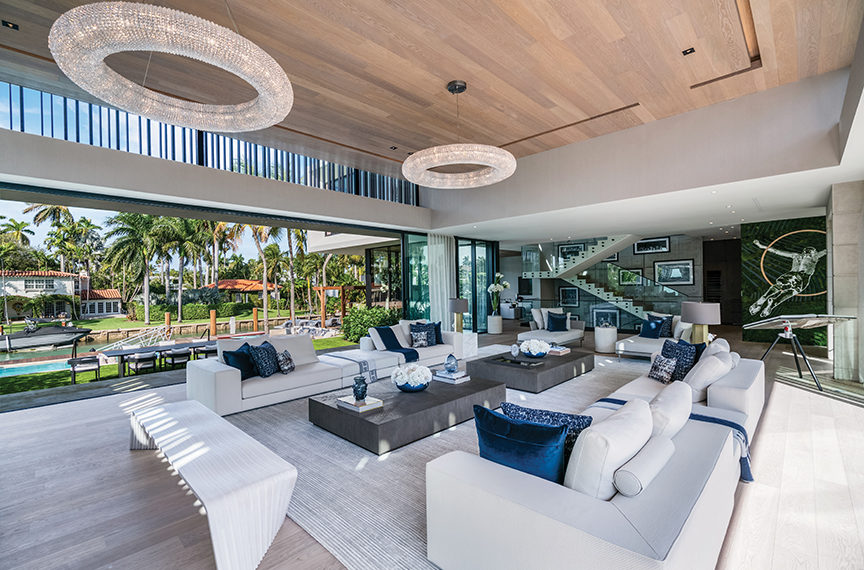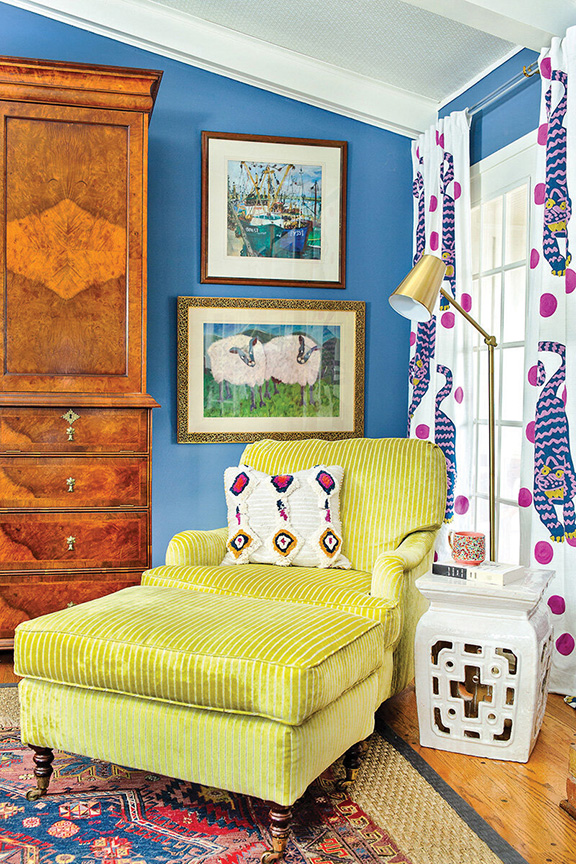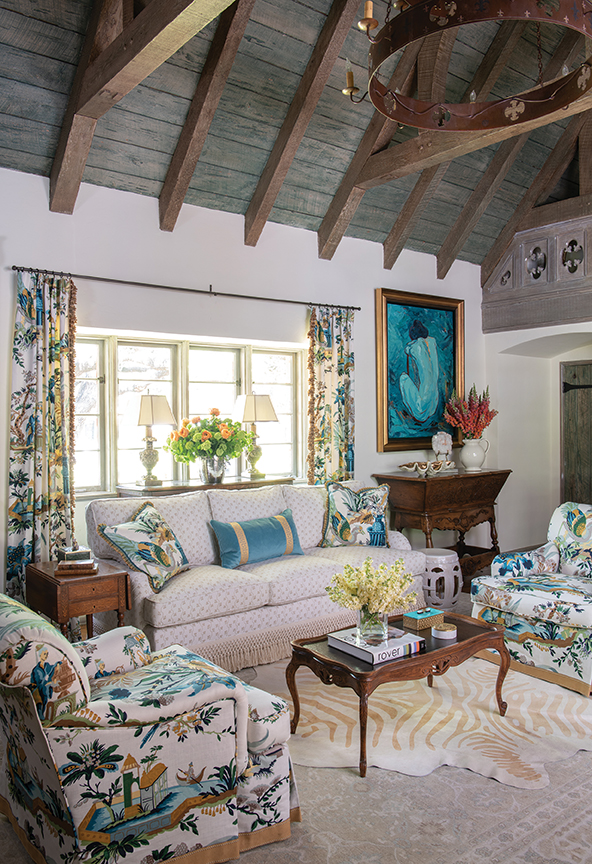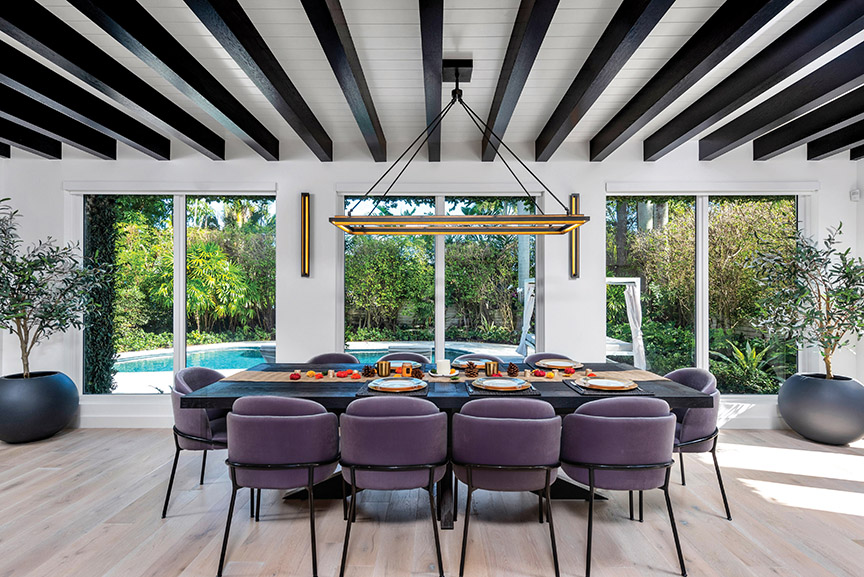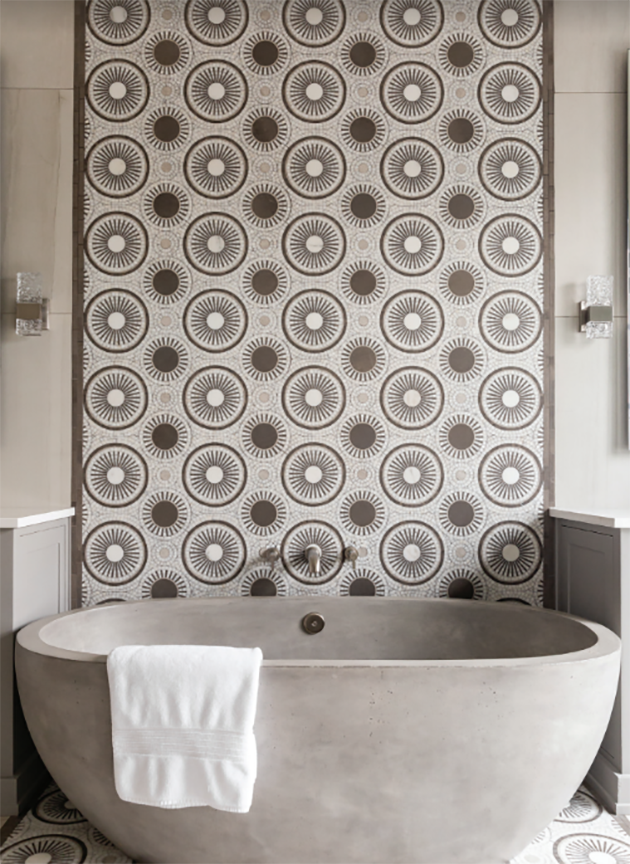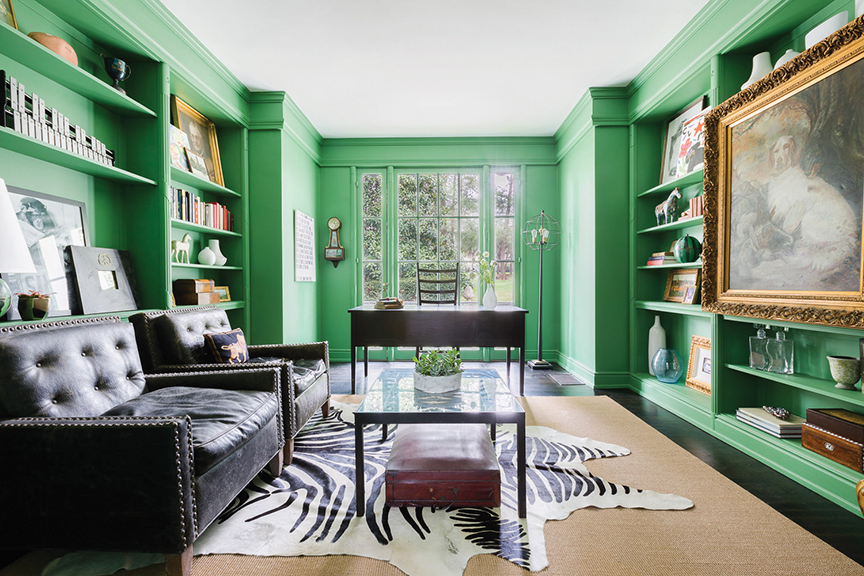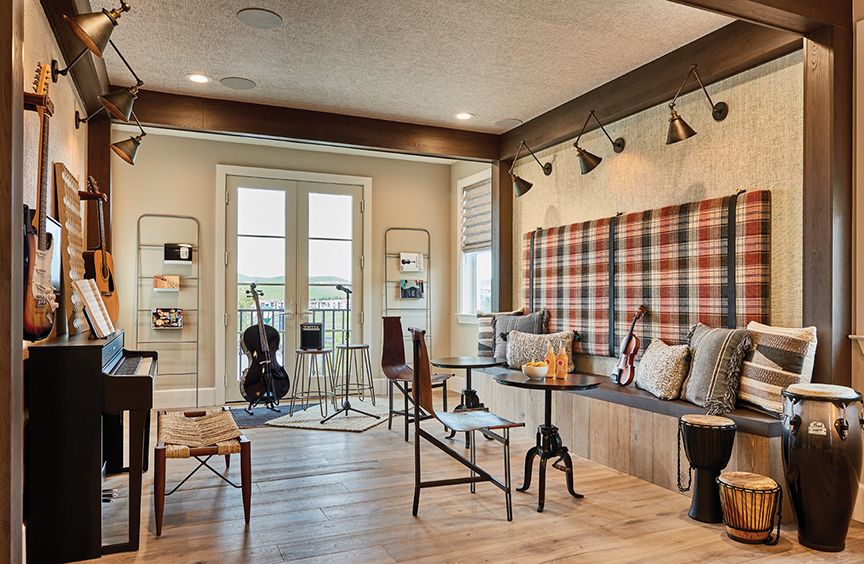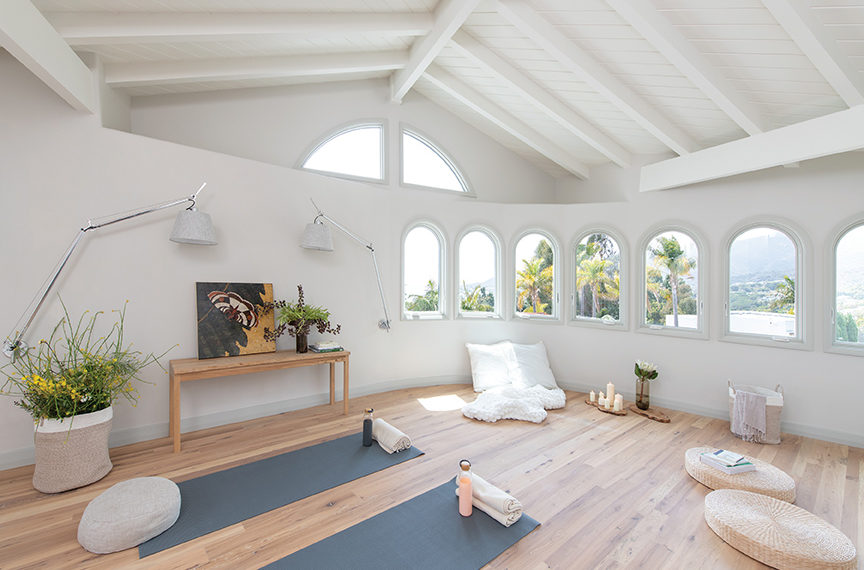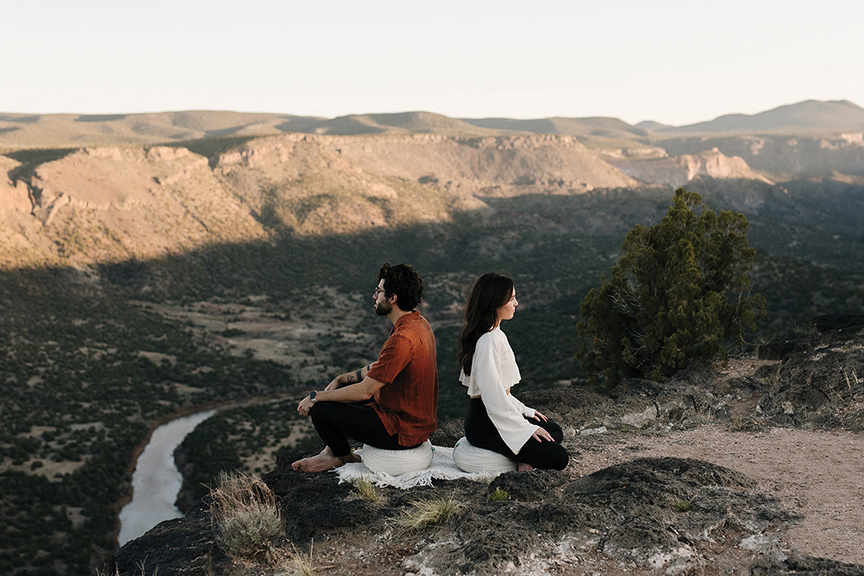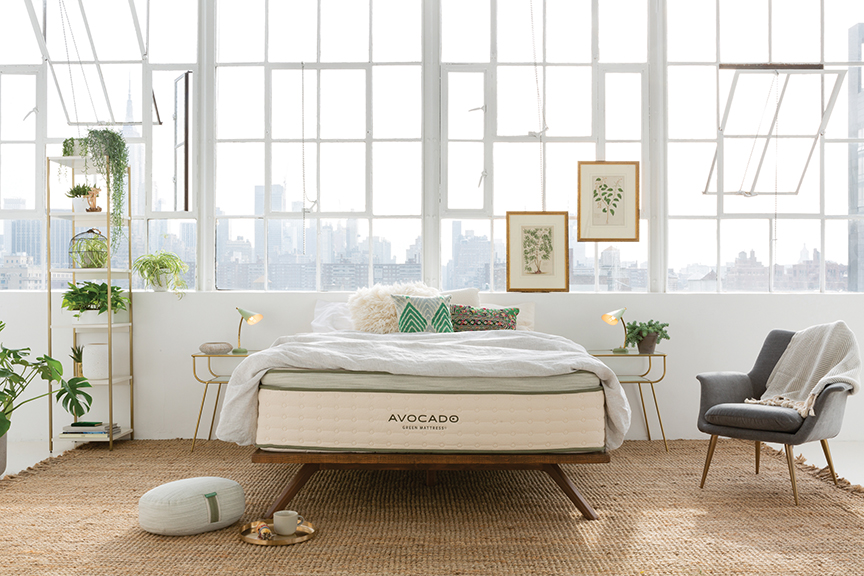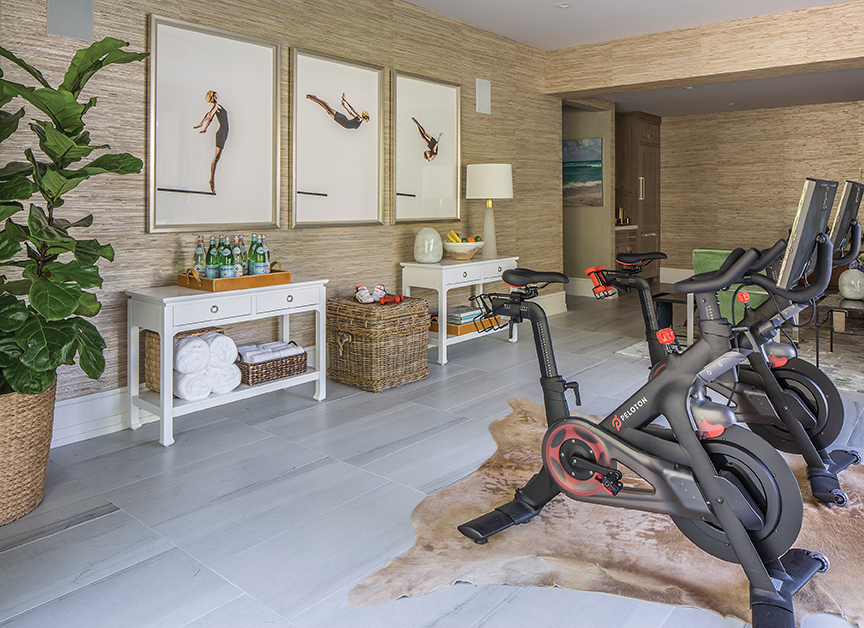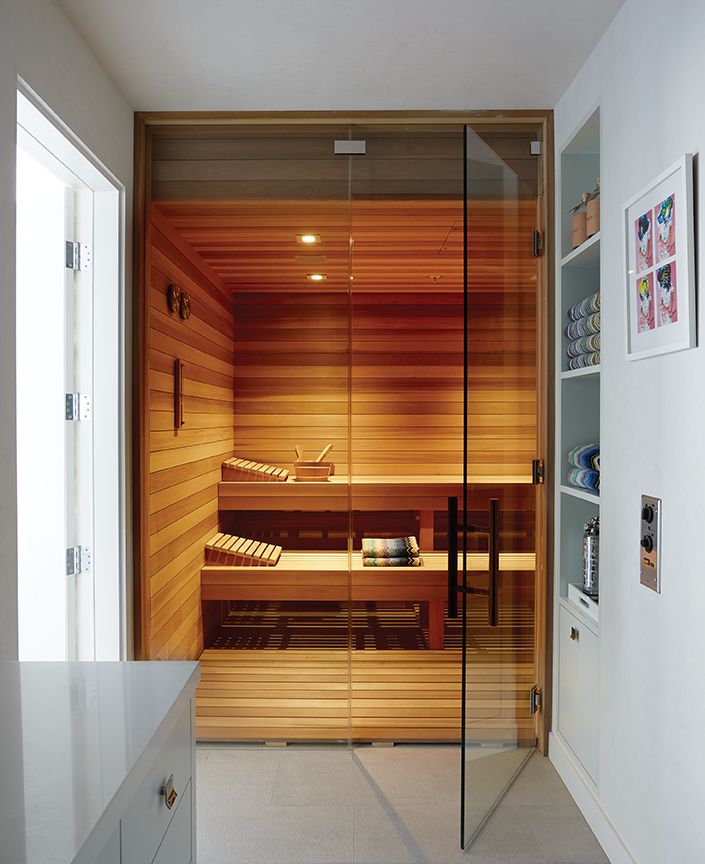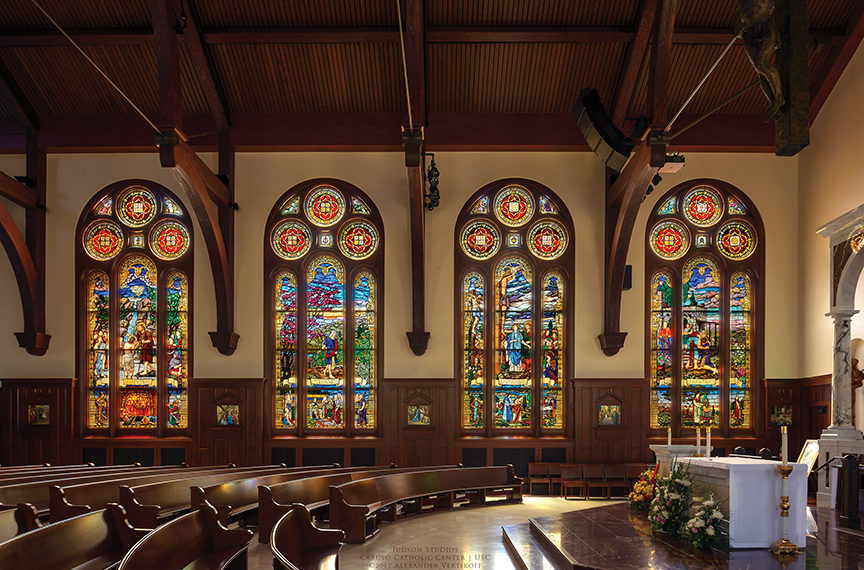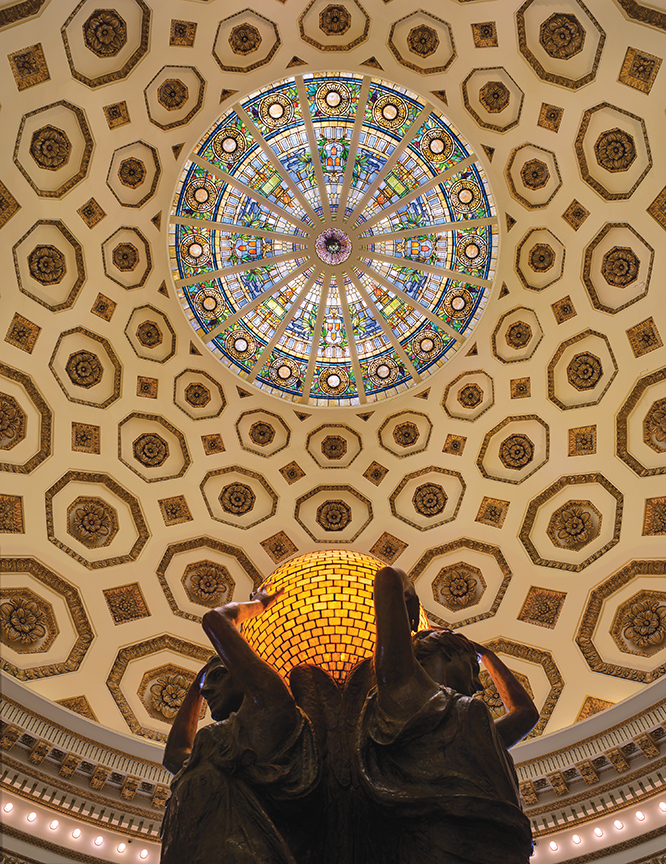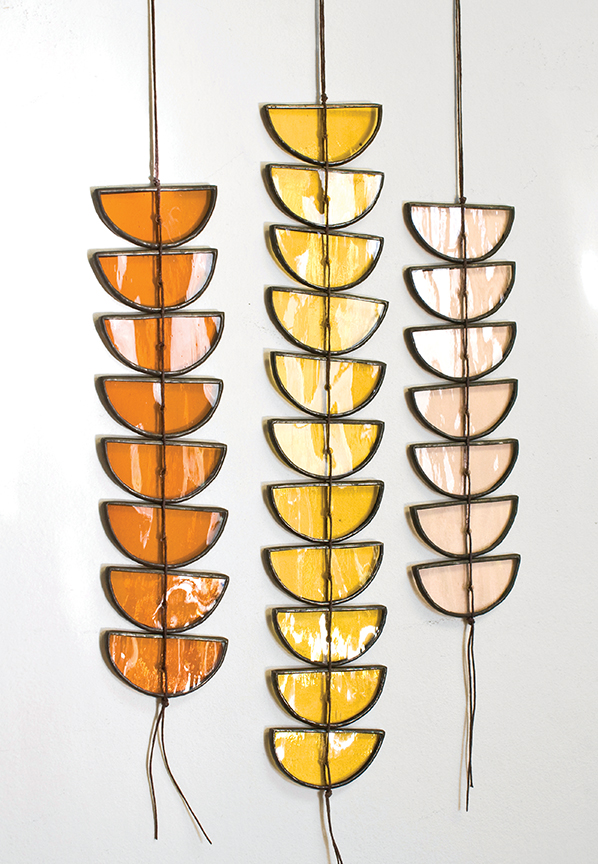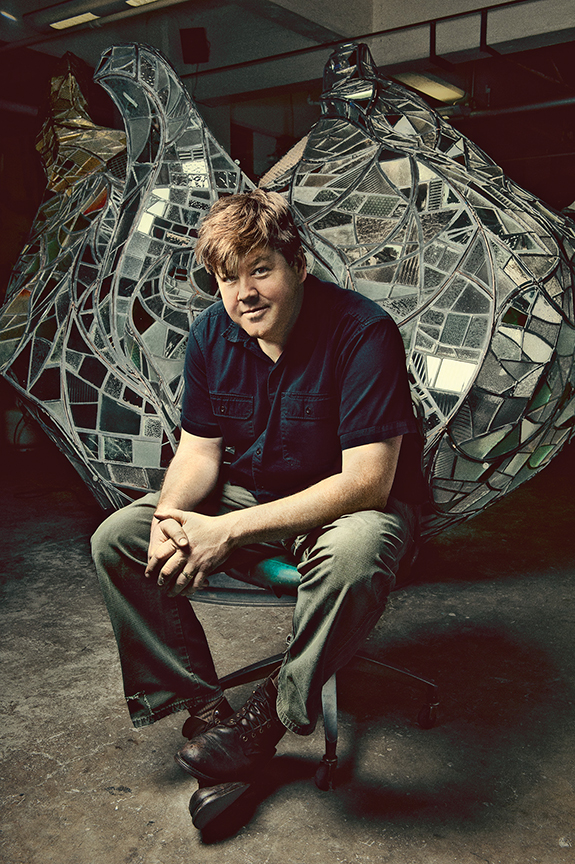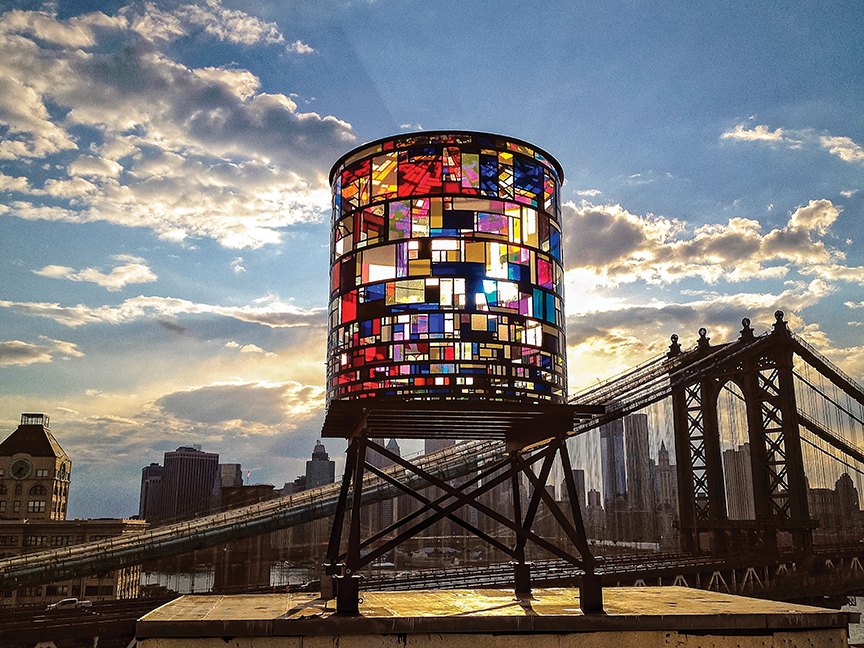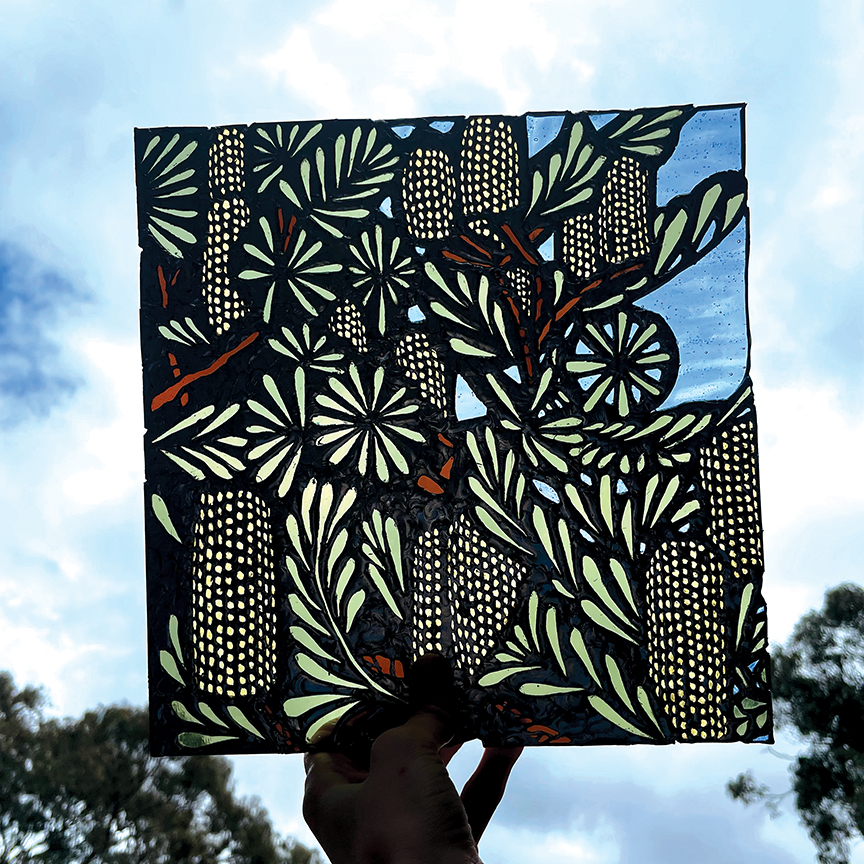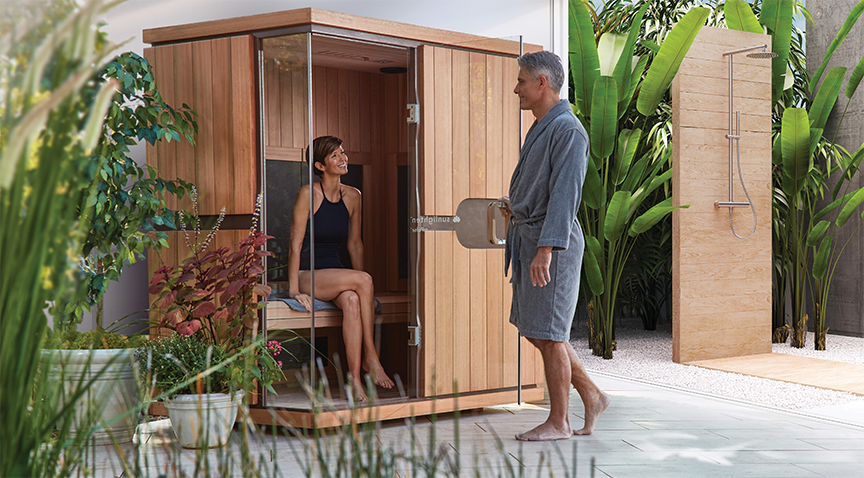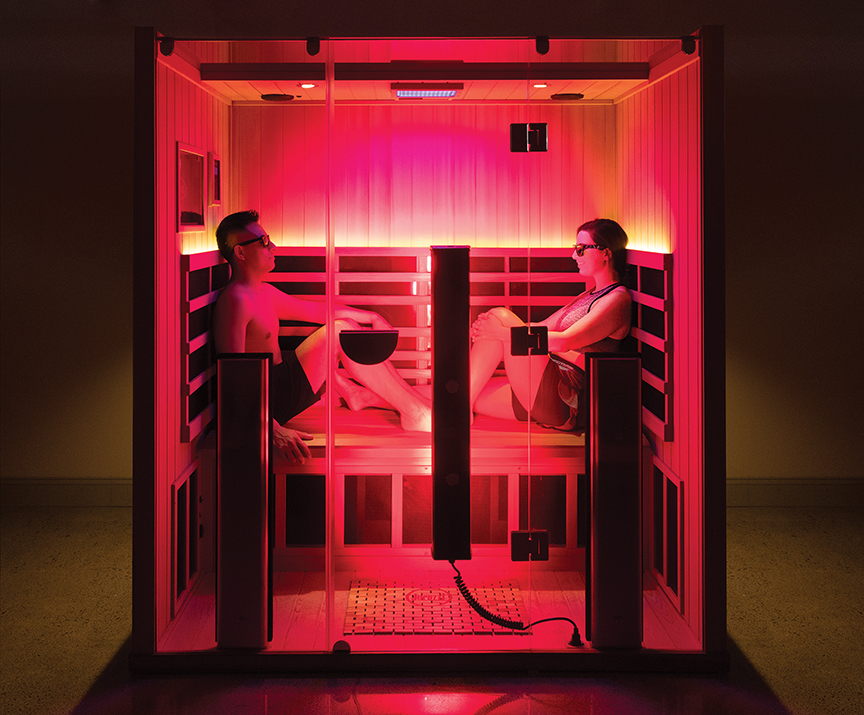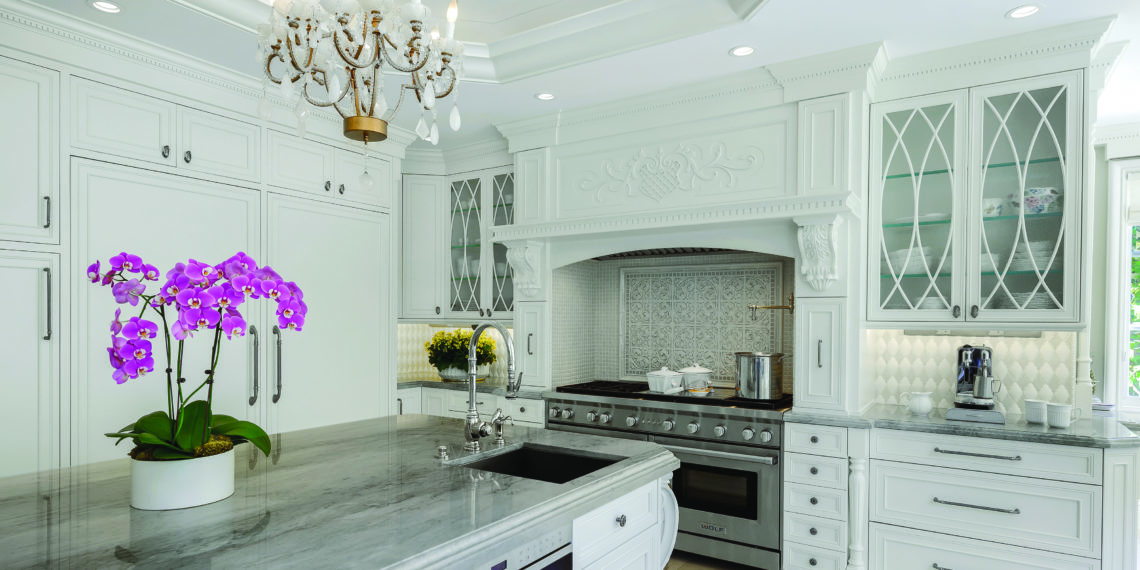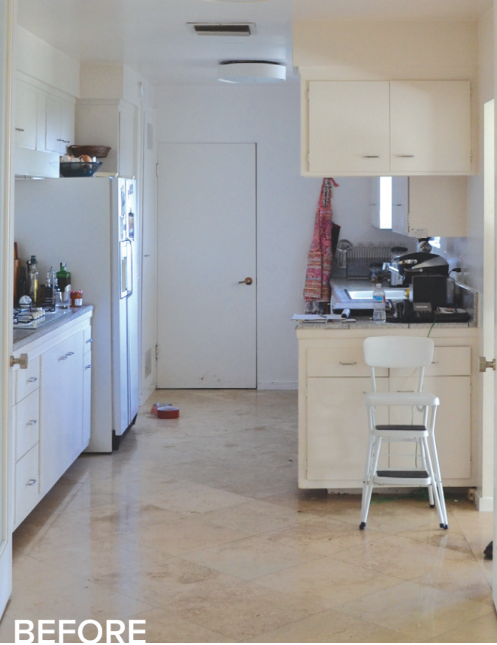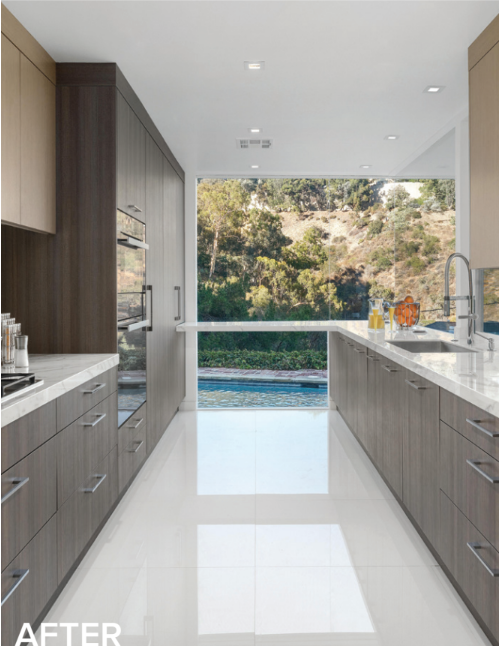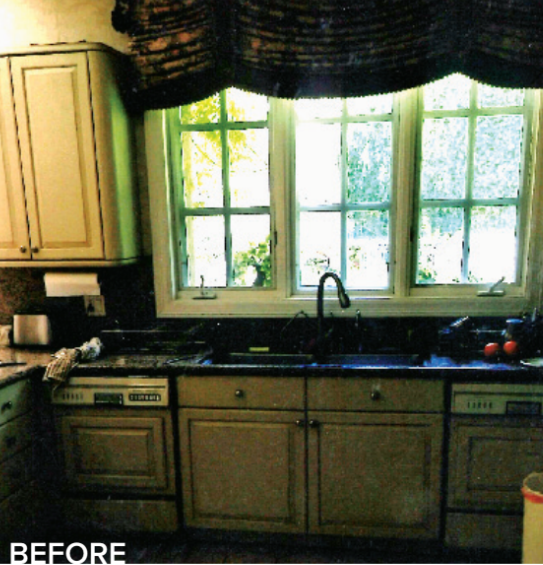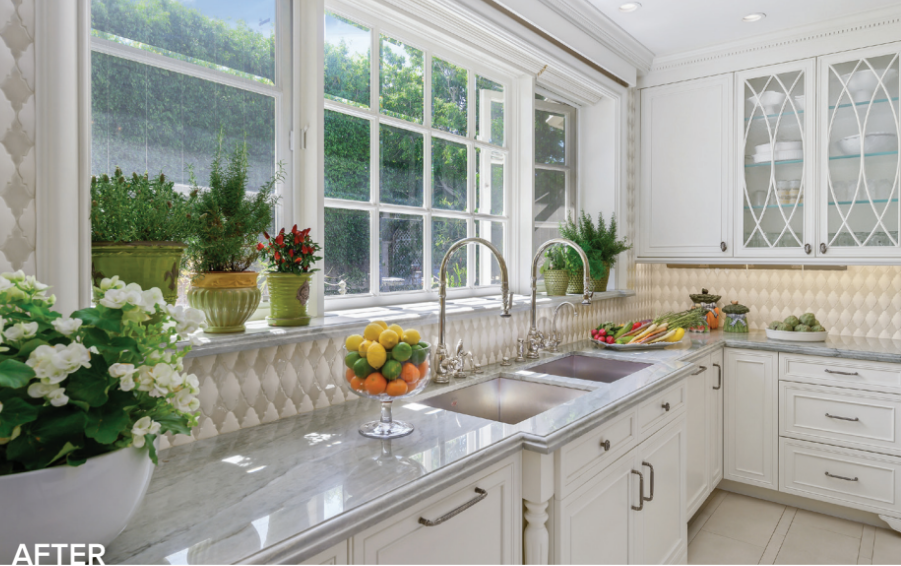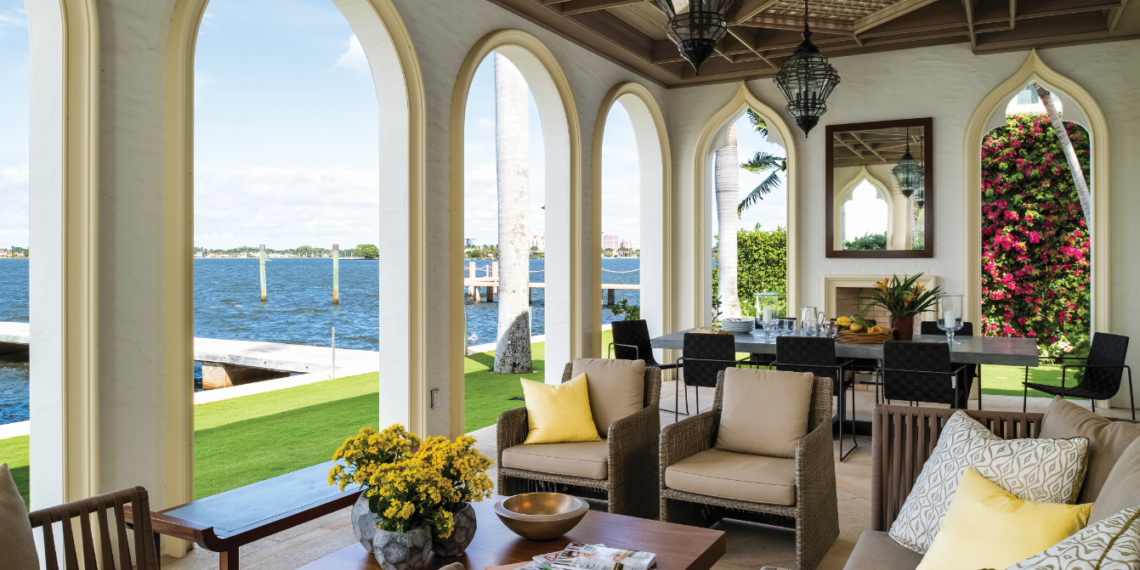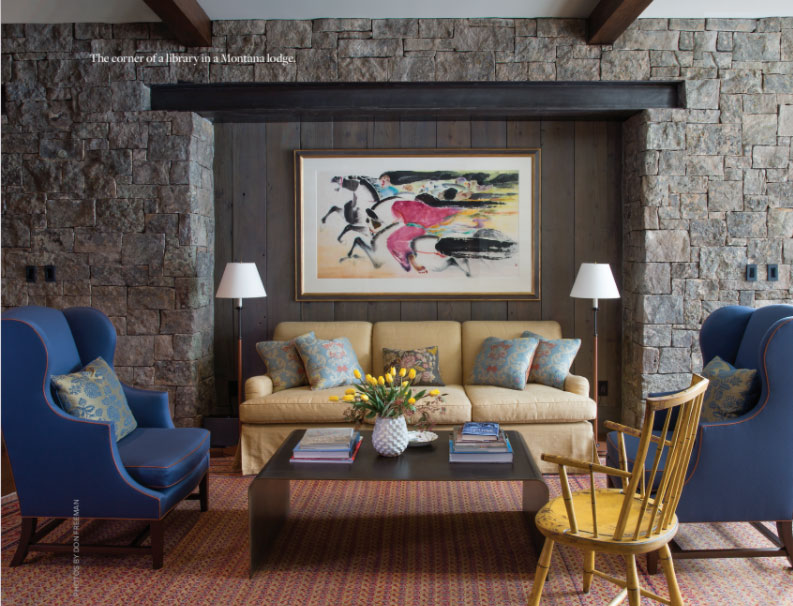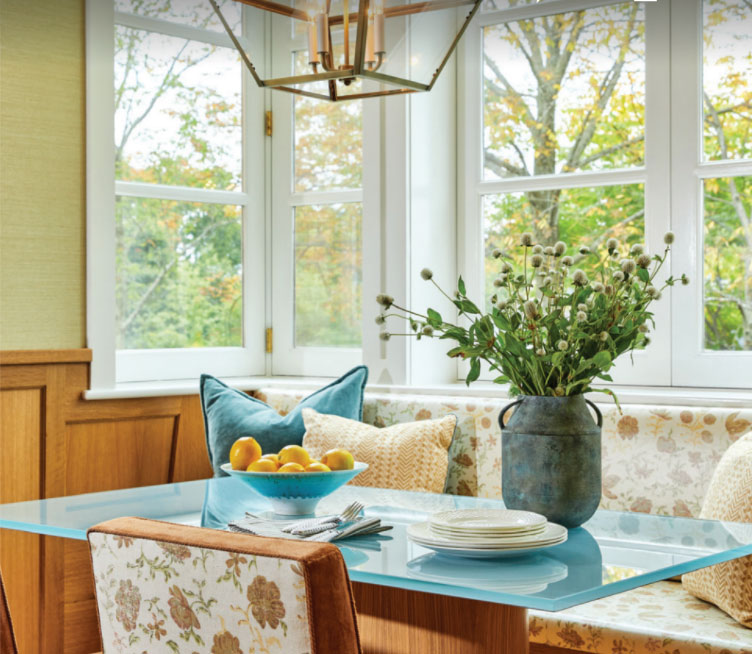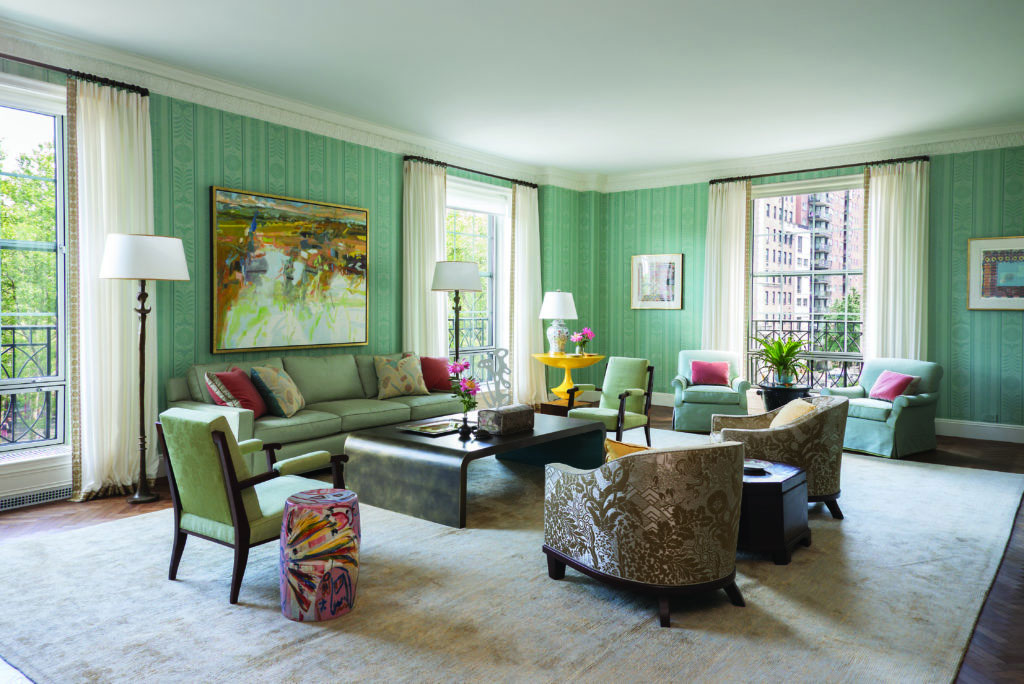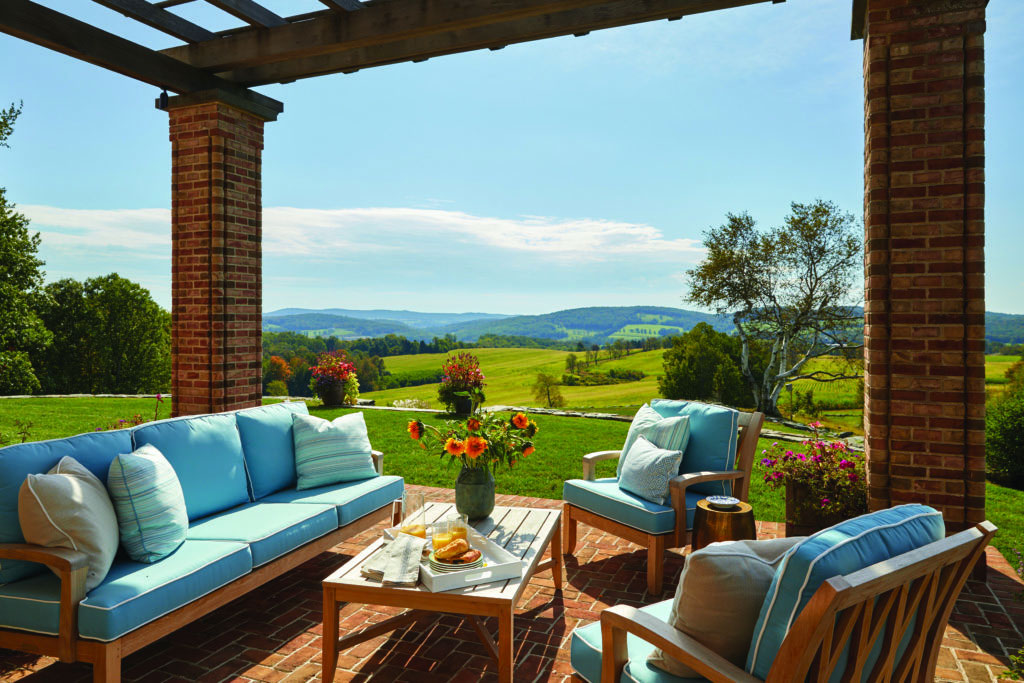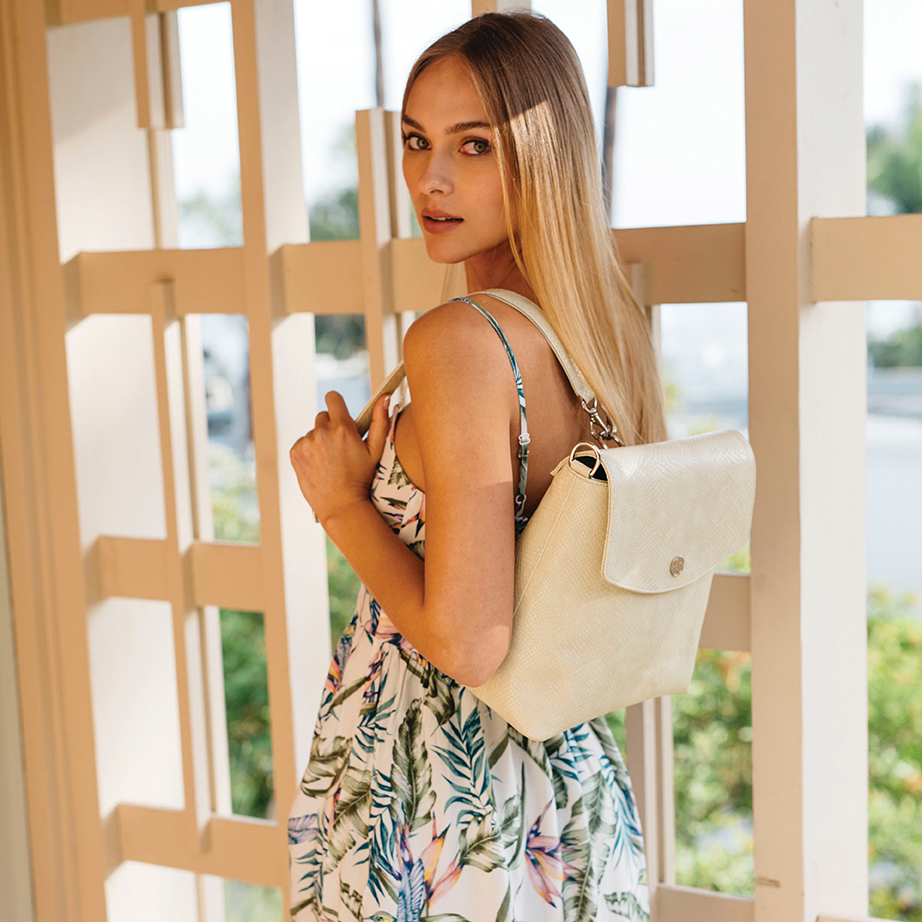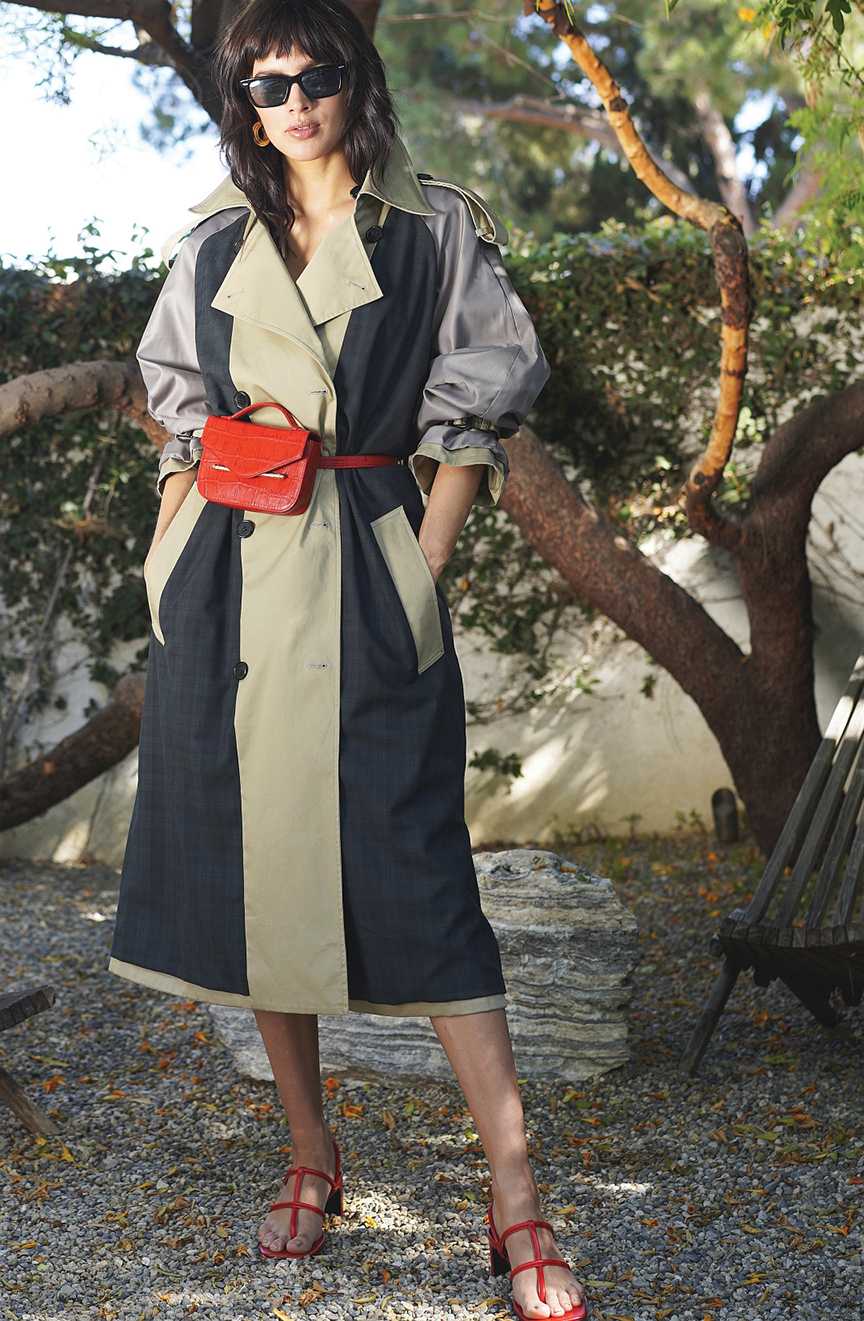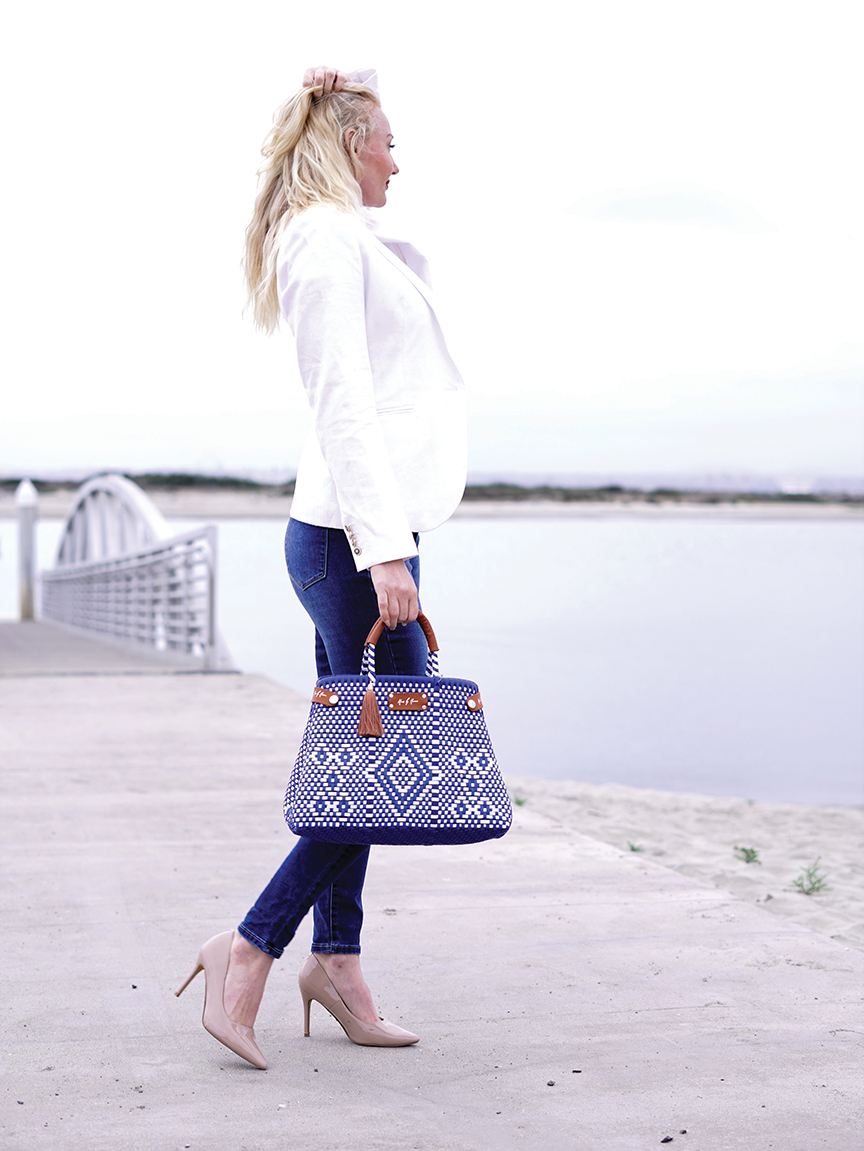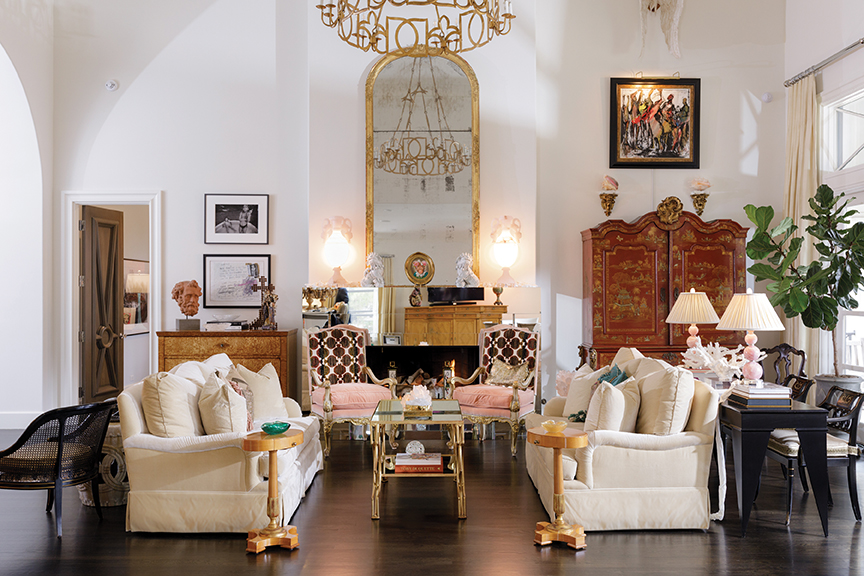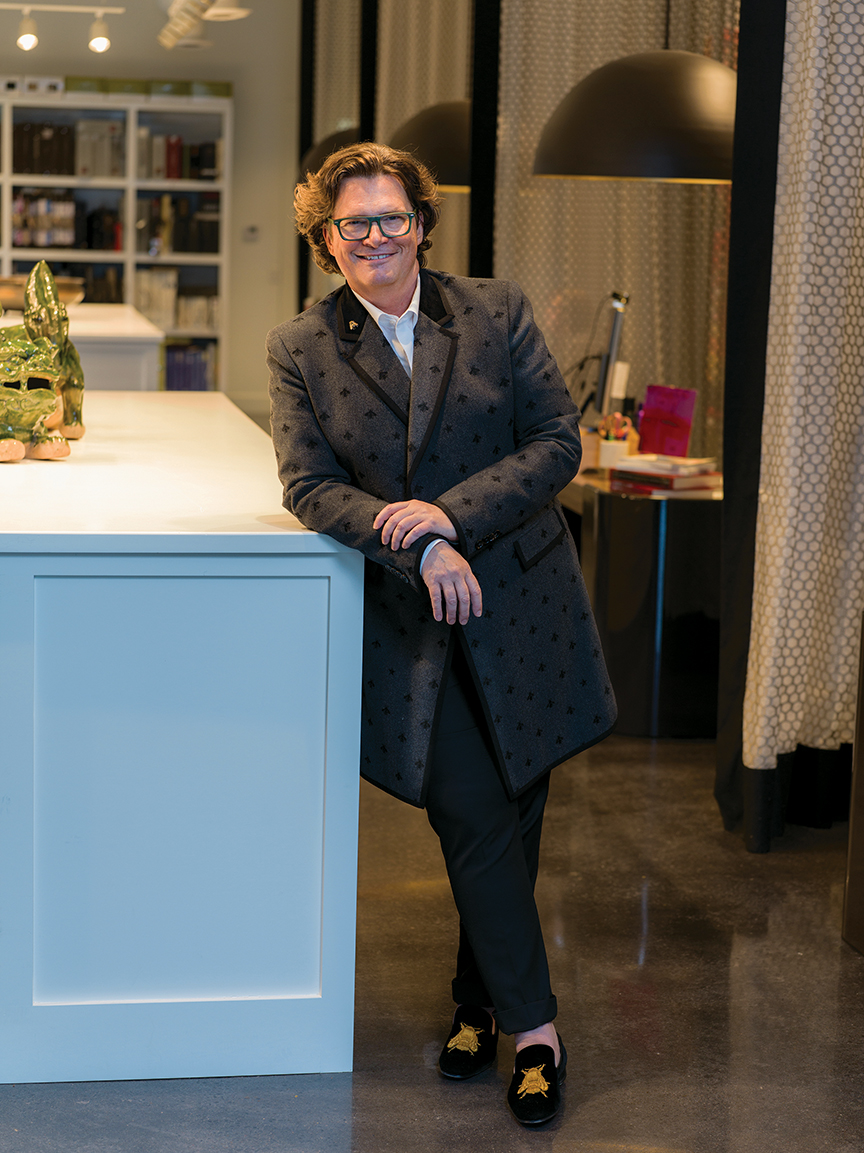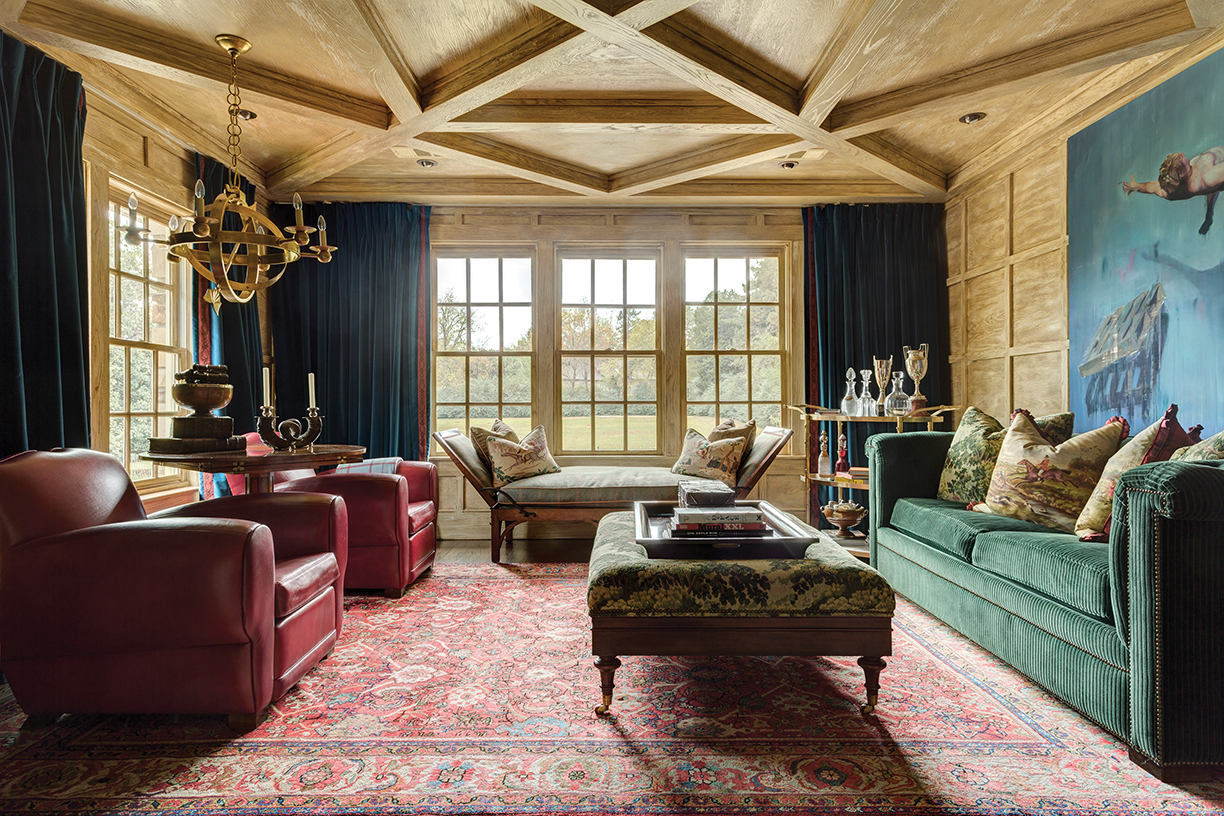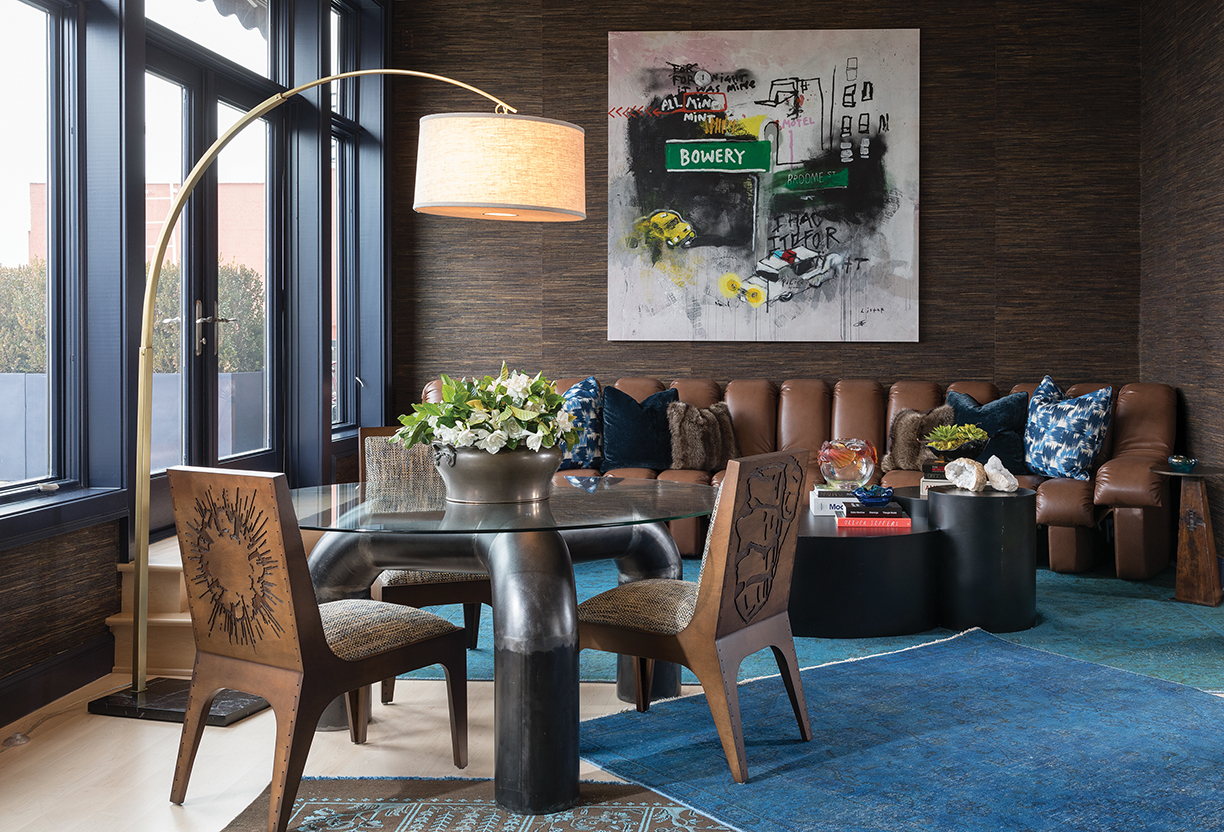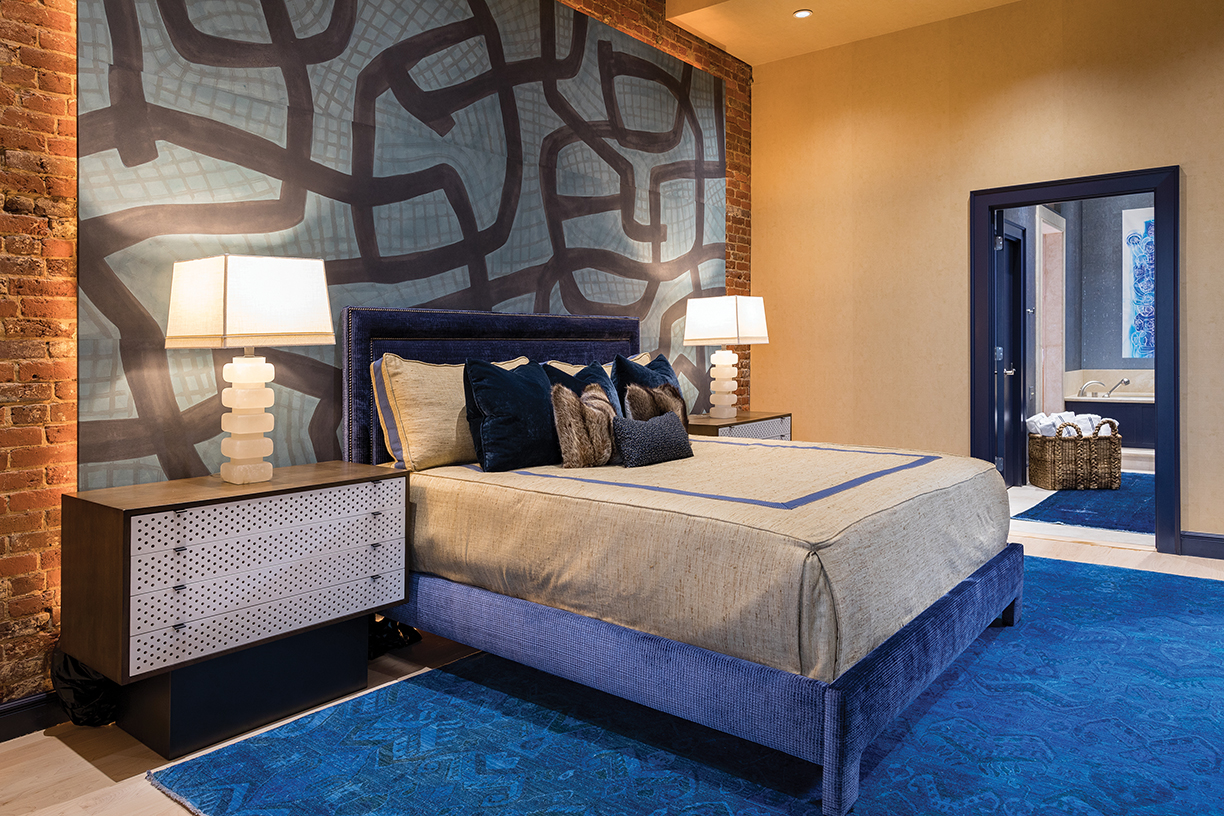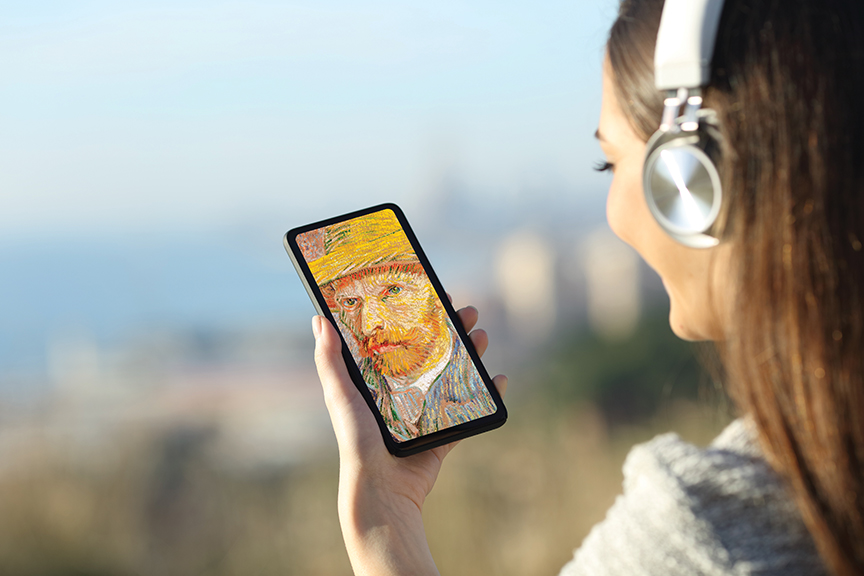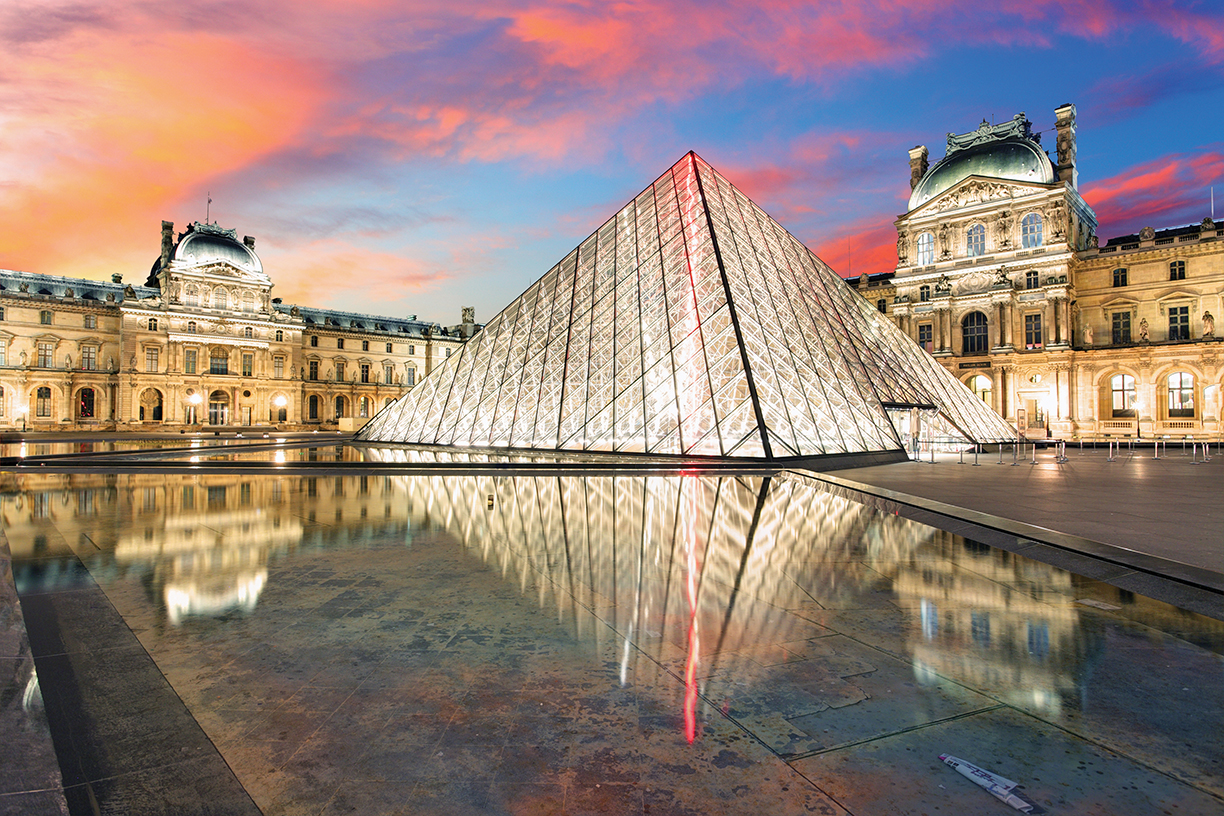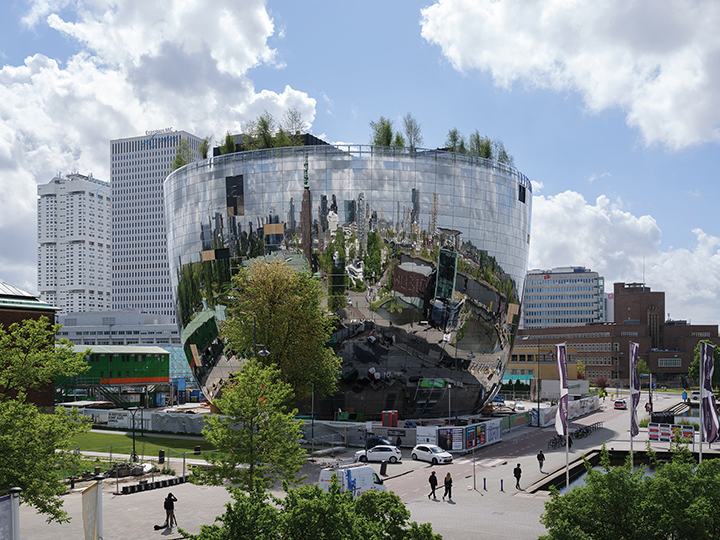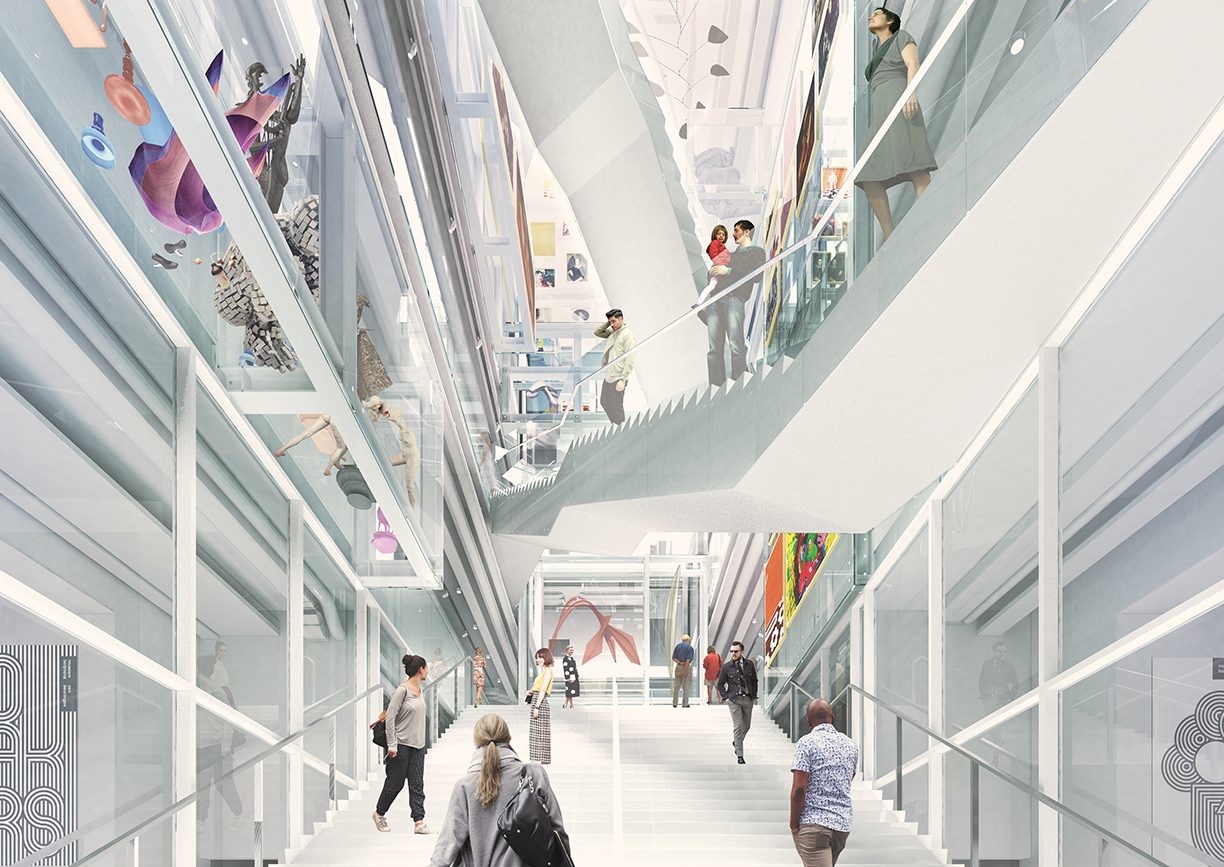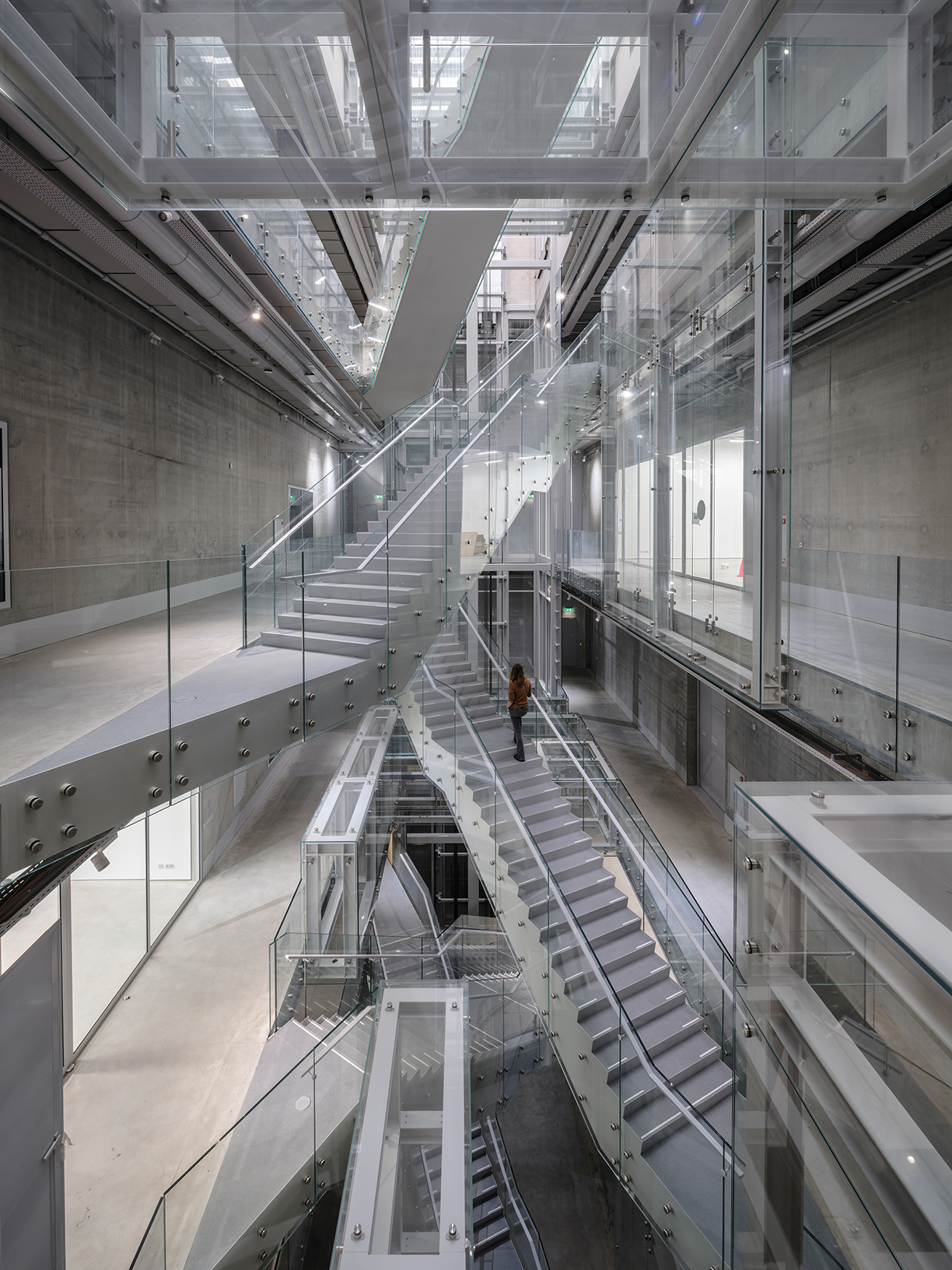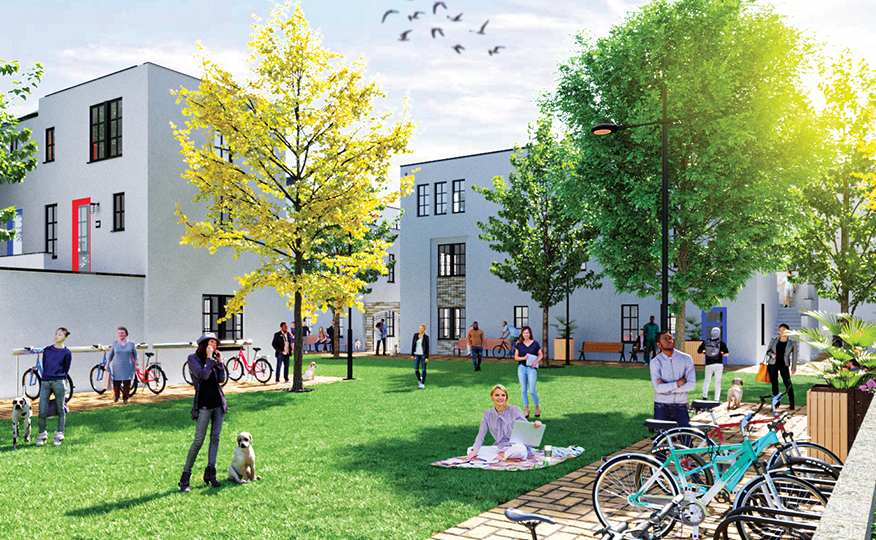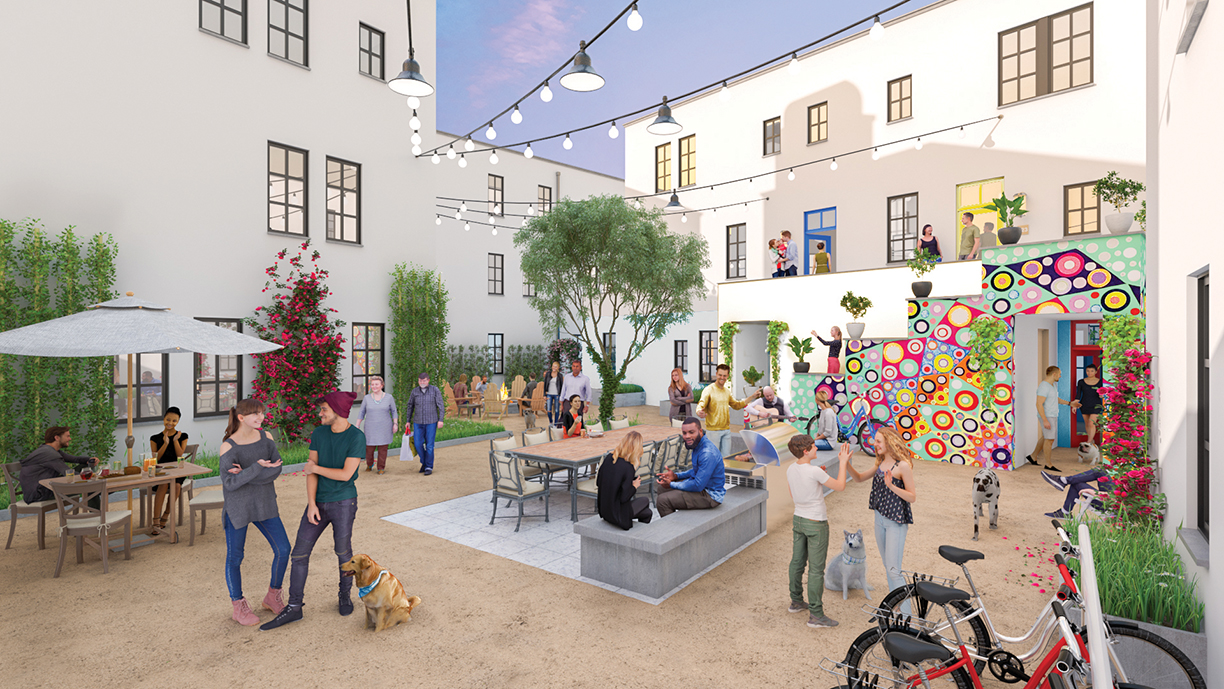By Camilla McLaughlin
Design trends seem to suddenly materialize, even though most have been percolating among designers and consumer attitudes for months, even years.
“2022 is going to be a fun year to watch trends!” says Kim Armstrong, an interior designer in Rockwall, Texas. “There are so many influences that are smashing together. First off, we have the ‘coming out of COVID syndrome. We, of course, have supply chain issues, and we have a wave of younger idealistic thinkers and trendsetters entering the home decorating phases of their life. All of these things will come into play with the new trends.”
“In 2022, we anticipate the design community, in both architectural and decorative elements, to favor rich, warm autumnal tones, pattern-on-pattern, lots of layering of scale and texture, in both natural elements like wood, metals and stone as well as decorative materials like hardware, fabrics, wall coverings and furnishings,” explains Karen Karautuneian, principal at Hub of the House Studio in West Hollywood, California. “We can confidently say goodbye to whitewashed woods, boucle fabrics and brass, and warmly welcome medium-toned natural woods, boldly patterned fabrics, and bronze.”
This is a year of bold patterns and vibrant splashes of color. Maximalism is how designers characterize this vibrant look. “People are favoring a chic, maximalist design over a look that is minimalist and neutral. Some of the ways we have recently incorporated maximalism are with large curated art collections, oversized furniture and highly textured fabrics,” says Brittany Farinas of House of One interior design in Miami, Florida.
What’s Old is New This Year
Another strong trend highlighted by Armstrong is reuse and repurpose, spurred in part by shipping and supply delays. Designers such as Joshua Smith, owner of an eponymous firm based in Palm Springs, New York City and Vermont, expect antique furniture to take center state in 2022. “The Midcentury Modern craze we’ve seen in the last few years will be tempered by the addition of more refined antiques cleverly thrown into the design mix.”
Not only will 2022 present some surprising switch-ups on long-running aesthetics, but curves literally will be more prominent. Expect to see the form in sofas and chairs, patterns, and architectural elements such as doorways, windows and ceilings. “I think we are looking for softer lines and more comforting designs. People are loving this soft line that feels like it wraps you in a hug after being through the hard times that COVID brought on,” observes Armstrong.
Even more traditional skirted furniture will make a comeback, says Smith. “There seems to be a move toward comfort and livability and there’s something about a soft, supple chair that makes you want to sink into it.”
Color Wash
Colors shape yearly trends, and this year is awash in hues. Overall, designers say jewel tones will be hot this year, from deep purples to forest greens.
Green may have had a moment a few years ago, but it’s back. A majority of color forecasts showcased some take on green from Sherwin Williams Evergreen Fog, potentially a hot neutral, to Behr’s October Mist, which evokes the silver green stem of a flower.
Green marble is also poised to be a top trend, shares Mark Lavender, principal of M. Lavender Interiors in Chicago and Memphis. Color is also making its way into kitchens. “The trend of all-white kitchen is decreasing, and we’re incorporating more colorful stone stabs. I’ve recently worked with three different clients, one choosing white marble with maroon and red veins, another selecting black stone with brown tiger stripes, and a third loving a white and blue/green piece,” says Houston-based designer Mary Patton.
Blues will still be in vogue. As the year progresses, don’t be surprised to see periwinkle (Pantone’s color for 2022 is Veri Peri) cropping up everywhere from dining rooms to ceilings. “Veri Peri is nuanced and unfamiliar, which will inspire designers to explore its possibilities. It would pair nicely with navy, white, tan and green,” says Lance Thomas of Thomas Guy Interiors in Louisiana.
“It’s actually very versatile, as it works well in a multitude of spaces. Periwinkle can be used for walls and can be a great option for painting furniture or cabinetry,” observes Tulsa, Oklahoma, designer Mel Bean.
Searching For Privacy
Consumers still love open-concept layouts, particularly for family and entertaining, but they also want spaces adaptable to whatever life presents. Designers continue to tweak the open concept, often using found spaces to enhance privacy. “We’ve learned how important pocket spaces can be whether they’re used for work or learning or for other activities like exercising or crafting,” said Mary Cook, founder and president of the commercial design firm Mary Cook Associates.
What doesn’t change this year? Plenty, say designers. Anything considered a classic will remain timeless. What also continues to be important, according to Smith, is “developing your own personal, unique style and unabashedly creating the space you envision for yourself. Our homes should inspire our mind and nourish our spirit, which can be expressed in so many ways. It’s just so personal.”
Regardless of the year and the trend, our approach is to always incorporate classic features with new and emerging ideas, creating timeless interiors,” shares Chicago designer Jessica Lagrange.


